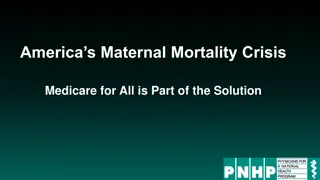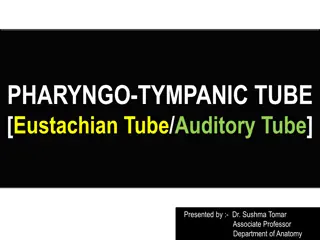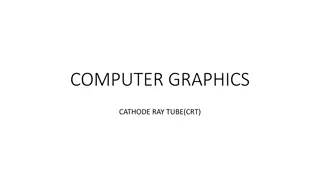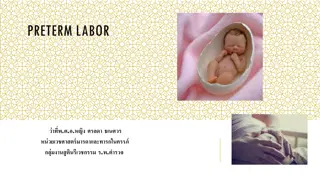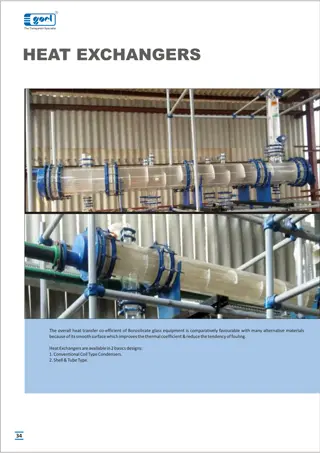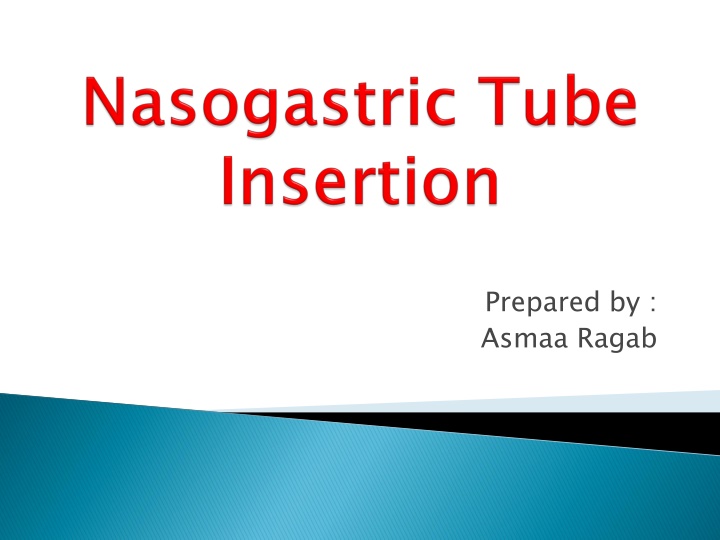
Feeding Tubes in Infants: Indications, Procedure, and Equipment
Learn about the use of feeding tubes in infants, including indications, insertion procedure, required equipment, and steps for preparation and execution. Discover how to provide successful feeding for sick babies through tube feeding methods.
Download Presentation

Please find below an Image/Link to download the presentation.
The content on the website is provided AS IS for your information and personal use only. It may not be sold, licensed, or shared on other websites without obtaining consent from the author. If you encounter any issues during the download, it is possible that the publisher has removed the file from their server.
You are allowed to download the files provided on this website for personal or commercial use, subject to the condition that they are used lawfully. All files are the property of their respective owners.
The content on the website is provided AS IS for your information and personal use only. It may not be sold, licensed, or shared on other websites without obtaining consent from the author.
E N D
Presentation Transcript
Prepared by : Asmaa Ragab
When baby is too sick for well- coordinated sucking, swallowing, esophageal motility and gastric emptying without marked reflux, tube feeding can be used for successful feeding of the baby. Tubes can be passed into the stomach, duodenum or jejunum. Feeding can also be given by continuous infusion.
This is an alternate method of feeding in which children are fed by a way of tube inserted orally or nasally into the stomach.
The indications for inserting nasogastric tubes are: Anomalies of throat, esophagus or bowel. Impaired swallowing capacity, e.g. postoperative cases. Severe debilitation. Unconsciousness or respiratory distress.
The articles required for inserting nasogastric tubes are: Tube of appropriatesize accordingto the age of the child. Mackintoshand draw sheet. Saline or warmwater to lubricate the tube. Stethoscope to check the placementof the tube - 5ml or 10ml syringe to aspiratethe contents. -A skin friendly tape to secure the tub
Getting ready 1 Wash hand 2 Wear the gloves 3 Prepare the equipment 4 -Explain the procedure to the mother
During the procedure 1 - Assemble the required articles at the patient's bedside. 2 - Explain the procedure to the child if possible, or to the care givers. 3 - Give comfortable position to the client. 4 - Wash hands with soap and water 5 Place the child in supine position with head slightly hyper flexed.
6 - Measure the tube for approximate Length of insertion (from the nose to the bottom of the ear lobe and then to the end of xiphoid processes) and mark it.
7 - Lubricate the tip of the tube with saline or water. 8 - Insert the lubricated tube through mouth or nares to the predetermined mark. 9 - When inserting through nasal route, slip the tube along the base of the nose and direct it back towards the occiput 10 - When entering through the mouth direct the tube towards the back of the throat...
11 - Check the placement of the tube by aspirating the contents or with help of syringe or inject a small amount of air (0.5 1 ml in preterm or small infants to 5 ml in larger children) into the tube and listening with stethoscope over stomach.. 12 - Secure the tube with the help of tape if in correct position.
1-Wash hand 2-Put the infant in comfortable position 3-Record and report any abnormality


